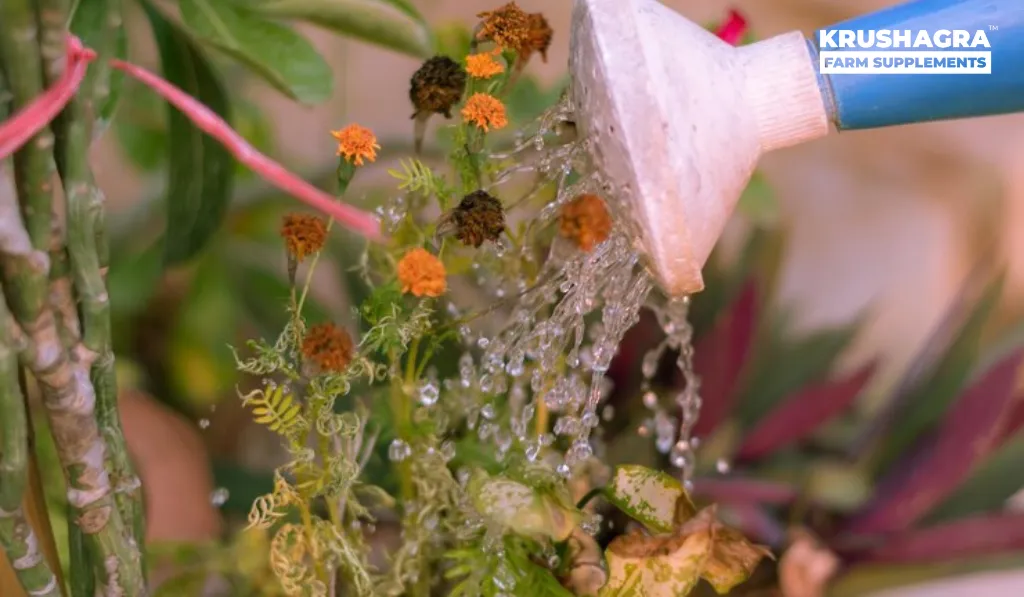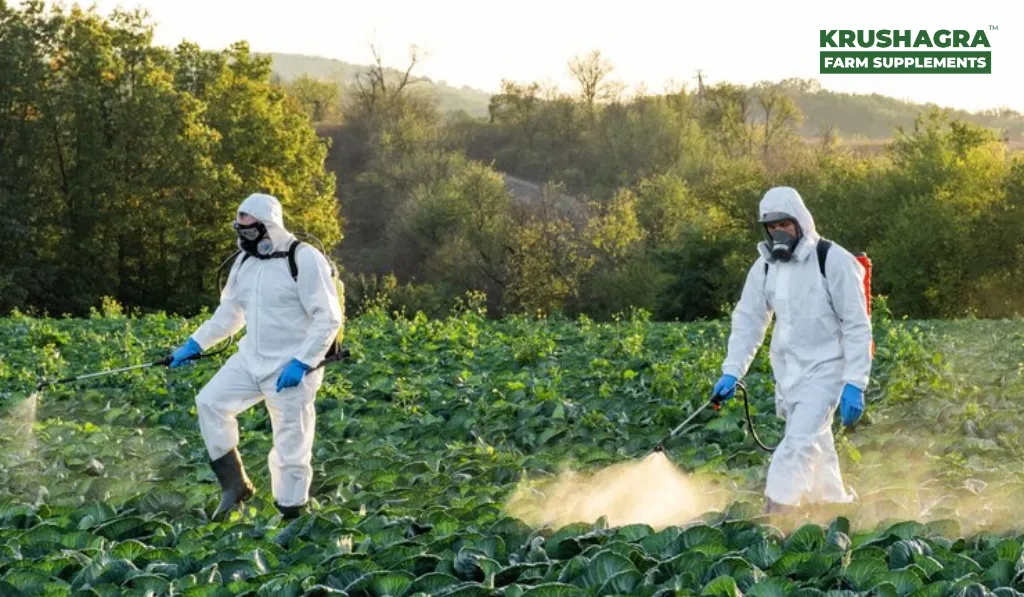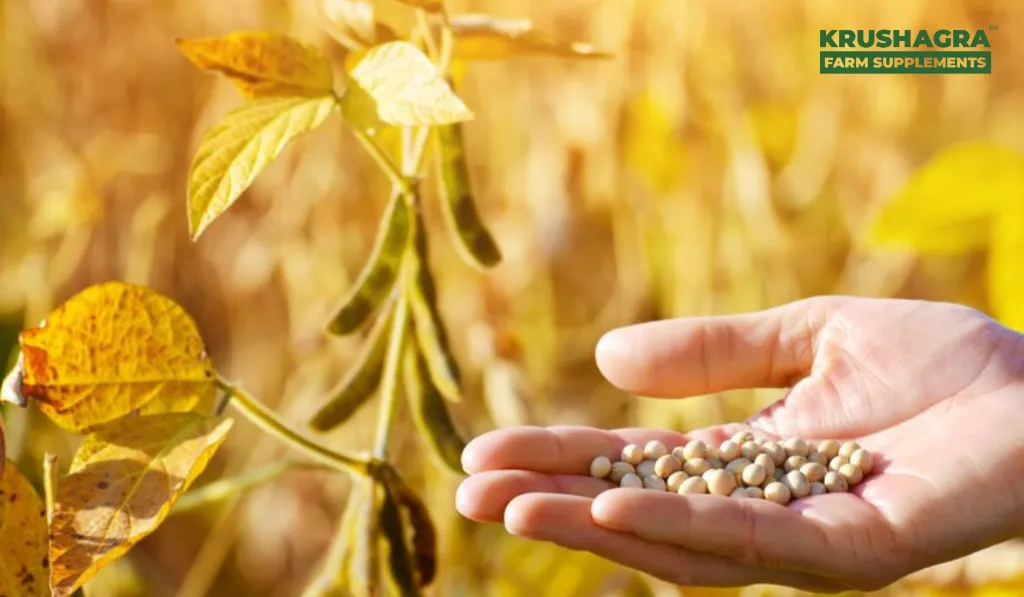The Green Revolution: Biofertilizers Pave the Way to Sustainable Agriculture
Introduction As the global population continues to soar and natural resources deplete, the need for sustainable agricultural practices has never been more pressing. Traditional farming methods, reliant on synthetic fertilizers, have significantly contributed to soil degradation, water pollution, and greenhouse gas emissions. However, in recent years, a promising alternative has emerged: biofertilizers. These natural, eco-friendly […]
The Green Revolution: Biofertilizers Pave the Way to Sustainable Agriculture Read More »





